I have created the jhipster demo app and want to check my adapted rest api with a tool like postman. I have tried with Basic Auth and user and password both set to admin, user or system. But none of them can access, getting an 401.
Would be nice if you could give me a hint what to do to access it.
Cheers Markus

